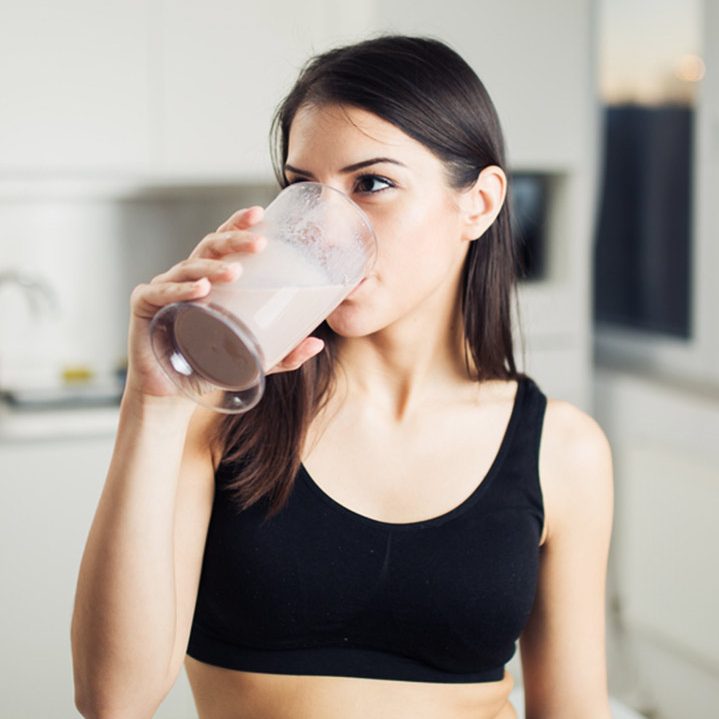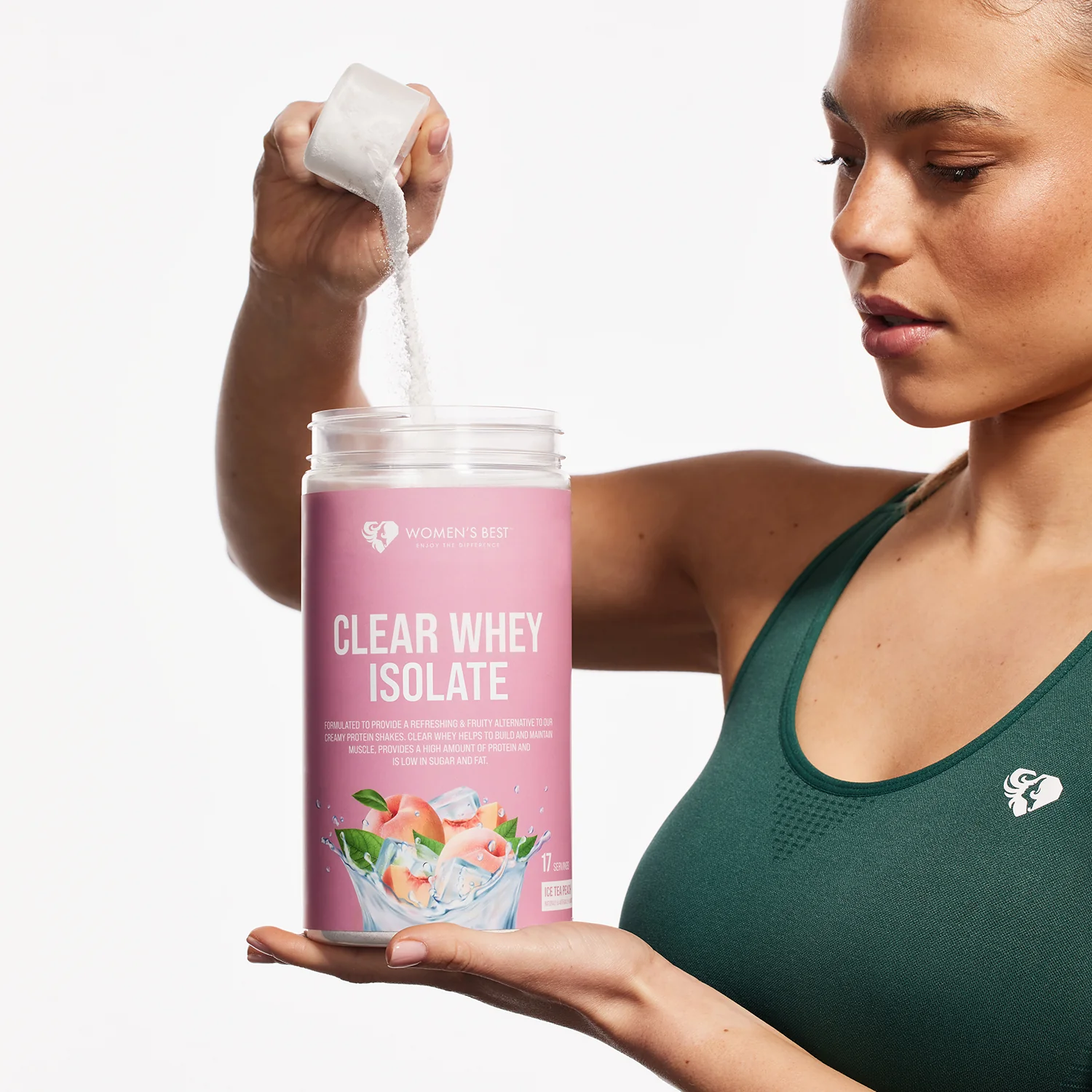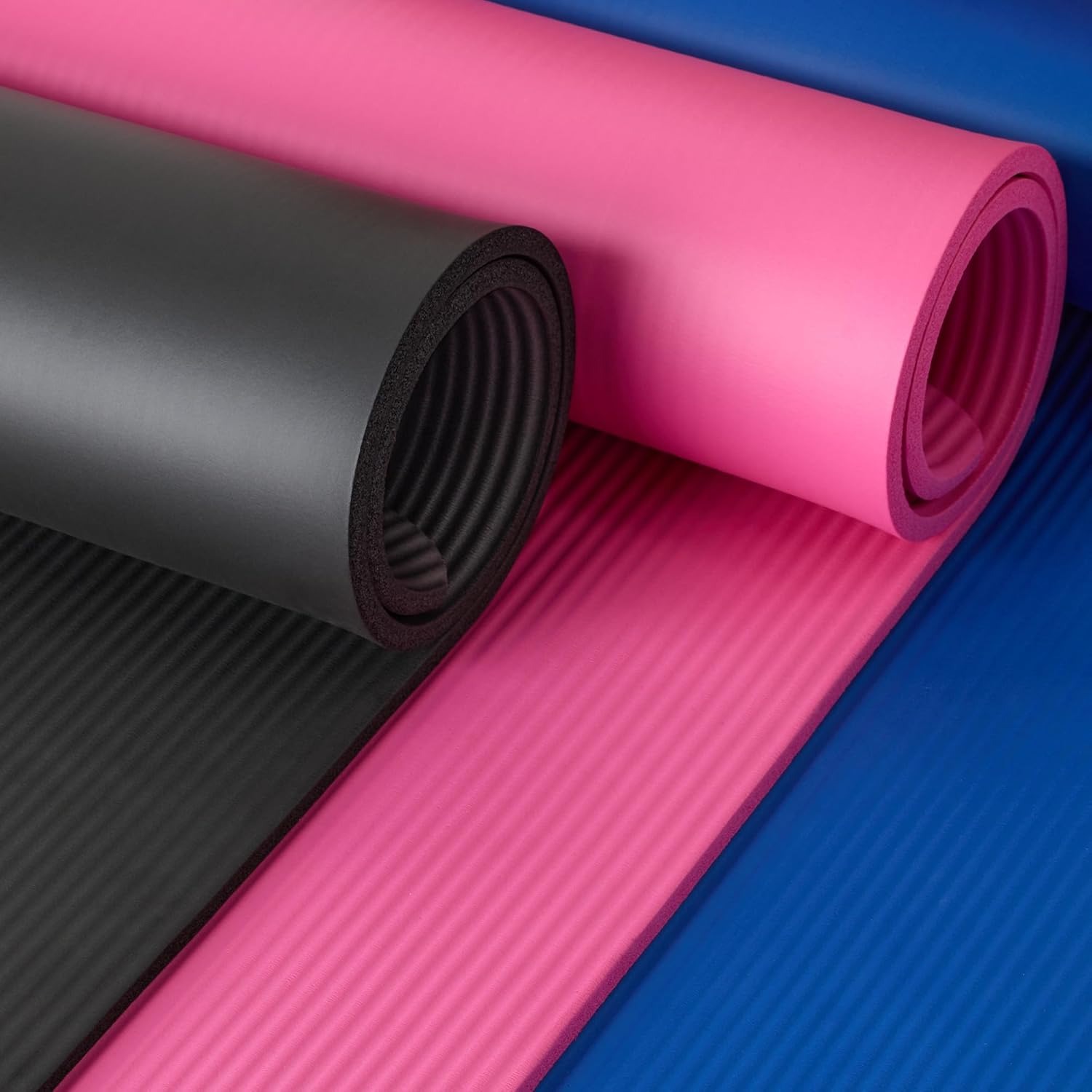Why Add Protein Powder to Pancakes?
Protein powder enhances the nutritional value of traditional pancakes. This addition transforms a carb-heavy breakfast into a more balanced meal. Protein-rich pancakes keep you fuller for longer, reducing mid-morning snacking. Athletes and fitness enthusiasts benefit from the extra protein for muscle recovery. Adding protein powder to pancakes increases the protein-to-carb ratio. This modification suits various dietary needs, including low-carb and high-protein diets. Protein pancakes offer a tasty way to meet daily protein requirements. The added protein helps stabilize blood sugar levels throughout the morning. Fitness-minded individuals can enjoy a treat without compromising their nutrition goals. Protein pancakes provide sustained energy for busy mornings or pre-workout meals.
Choosing the Right Protein Powder
Selecting the appropriate protein powder ensures the best results for your pancakes. Whey protein offers a neutral flavor and blends well with pancake batter. Plant-based proteins like pea or hemp suit vegan and dairy-free diets. Casein protein provides a thicker texture and works well for fluffy pancakes. Egg white protein creates a light, airy texture in pancakes. Unflavored protein powders allow for more versatility in pancake recipes. Flavored proteins like vanilla or chocolate add variety to pancake taste. Consider the protein’s solubility to avoid clumpy pancake batter. Check the ingredient list for additives that might affect pancake texture. Opt for high-quality protein powders without artificial sweeteners or fillers. Match the protein type to your dietary needs and fitness goals.
Basic Method for Adding Protein Powder to Pancakes
Incorporating protein powder into pancakes requires a few simple adjustments. Start with your favorite pancake recipe as a base. Replace a portion of the flour with an equal amount of protein powder. Begin by substituting about 1/4 to 1/3 of the flour. Sift the protein powder with dry ingredients to prevent clumps. Whisk the batter thoroughly to ensure even distribution of protein powder. Add extra liquid if the batter becomes too thick. Let the batter rest for a few minutes to absorb the protein powder. Cook protein pancakes on a lower heat to prevent burning. Flip the pancakes when bubbles form on the surface. Adjust the cooking time as protein pancakes may cook faster than regular ones.
Tips for Perfect Protein Pancakes
Achieving the ideal protein pancake texture requires some finesse and experimentation. Use a blender to mix ingredients for ultra-smooth protein pancake batter. Add a mashed banana or applesauce for moisture and natural sweetness. Incorporate Greek yogurt for extra protein and a tangy flavor. Experiment with different liquid ratios to find the perfect pancake consistency. Let the batter sit for 5-10 minutes before cooking for better texture. Use a non-stick pan or griddle to prevent protein pancakes from sticking. Cook protein pancakes on medium-low heat to ensure even cooking. Make a test pancake to adjust the batter consistency if needed. Add a pinch of baking powder for fluffier protein pancakes. Consider using egg whites instead of whole eggs for lighter pancakes.
Flavor Variations for Protein Pancakes
Protein pancakes offer endless possibilities for delicious flavor combinations. Add cinnamon and vanilla extract for a classic flavor profile. Incorporate cocoa powder for chocolate protein pancakes. Mix in fresh berries or banana slices for fruity protein pancakes. Use pumpkin puree and spices for seasonal pumpkin protein pancakes. Add nuts or seeds for extra crunch and nutritional benefits. Experiment with different flavored protein powders for variety. Incorporate sugar-free sweeteners for low-carb protein pancakes. Try savory protein pancakes with herbs and spices. Use extracts like almond or maple for unique flavor notes. Top protein pancakes with Greek yogurt for an extra protein boost.
Common Mistakes to Avoid
Several pitfalls can affect the quality of protein-enhanced pancakes. Avoid adding too much protein powder, which can make pancakes dry. Don’t overmix the batter, as this can lead to tough pancakes. Refrain from cooking protein pancakes on high heat, which causes burning. Avoid using expired protein powder, which can affect taste and texture. Don’t skip the resting time for the batter before cooking. Refrain from flipping pancakes too early or too often. Avoid using a cold pan, which leads to uneven cooking. Don’t stack hot protein pancakes, as this creates soggy results. Avoid using oil sprays with additives that can affect pancake flavor. Don’t neglect to adjust liquid content when adding protein powder.
Storing and Reheating Protein Pancakes
Proper storage ensures enjoyment of protein pancakes beyond the initial serving. Allow pancakes to cool completely before storing to prevent sogginess. Stack cooled pancakes with parchment paper between each layer. Store protein pancakes in an airtight container in the refrigerator. Refrigerated protein pancakes stay fresh for up to 5 days. Freeze pancakes for longer storage, up to 3 months. Thaw frozen pancakes in the refrigerator overnight before reheating. Reheat pancakes in a toaster for quick and crispy results. Use a microwave for softer reheated protein pancakes. Warm pancakes in a skillet over low heat for a fresh-cooked taste. Avoid reheating protein pancakes multiple times to maintain quality.
Health Benefits of Protein Pancakes
Protein-enriched pancakes offer numerous health advantages over traditional recipes. These pancakes provide a more balanced macronutrient profile. The added protein supports muscle growth and repair. Protein pancakes can aid in weight management by increasing satiety. They offer a lower glycemic index option compared to regular pancakes. The extra protein helps maintain stable blood sugar levels. Protein pancakes support post-workout recovery when consumed after exercise. They provide essential amino acids necessary for various bodily functions. These pancakes can be part of a high-protein diet for specific health goals. Protein-rich breakfasts may improve cognitive function throughout the day. Regular consumption can contribute to meeting daily protein requirements.
Protein Pancakes for Special Diets
Protein pancakes adapt well to various dietary restrictions and preferences. Gluten-free protein pancakes use alternative flours like almond or coconut. Keto-friendly versions focus on low-carb, high-fat ingredients with protein powder. Vegan protein pancakes incorporate plant-based proteins and egg substitutes. Paleo protein pancakes use grain-free flours and natural sweeteners. Dairy-free options utilize plant-based milk and non-dairy protein powders. Low-sugar protein pancakes rely on sugar alternatives or natural fruit sweetness. High-fiber variations include ingredients like ground flaxseed or chia seeds. Nut-free protein pancakes avoid common allergens while maintaining protein content. Egg-free recipes use binding agents like banana or applesauce. Macro-friendly protein pancakes balance protein, carbs, and fats precisely.
Protein Pancakes for Kids
Introducing protein pancakes to children requires a kid-friendly approach. Use fun shapes and cookie cutters to make protein pancakes more appealing. Add colorful, natural food dyes for vibrant protein pancakes kids will love. Incorporate fruits or chocolate chips for added flavor and visual appeal. Use child-friendly flavored protein powders like strawberry or banana. Make mini protein pancakes for easy handling and portion control. Create pancake sandwiches with nut butter or Greek yogurt filling. Use protein pancakes as a base for healthy breakfast pizzas. Involve kids in the mixing process to increase their interest. Offer various toppings to let children customize their protein pancakes. Use protein pancakes as a vehicle for introducing new, healthy ingredients.
Protein Pancakes for Meal Prep
Protein pancakes serve as an excellent option for efficient meal preparation. Make large batches of protein pancakes for the week ahead. Cool and store pancakes properly to maintain freshness and texture. Portion pancakes into individual servings for grab-and-go breakfasts. Create variety by preparing different flavors of protein pancakes. Pair prepped pancakes with portioned toppings and sides. Use vacuum sealing for extended freezer storage of protein pancakes. Label stored pancakes with dates and flavors for easy identification. Rotate pancake flavors weekly to prevent meal prep boredom. Prepare dry ingredient mixes in advance for quicker pancake making. Consider savory protein pancakes for lunch or dinner meal prep.
Advanced Protein Pancake Recipes
Experienced cooks can explore more complex protein pancake variations. Create protein pancake waffles using a waffle iron for texture variation. Develop layered protein pancake cakes for special occasions or desserts. Experiment with sourdough protein pancakes for gut-friendly options. Try protein pancake crepes for a thin, versatile alternative. Create stuffed protein pancakes with fruit or nut butter fillings. Develop savory protein pancake recipes with herbs and cheese. Try overnight protein pancake batter for time-saving morning preparation. Explore international pancake styles like Dutch babies with added protein. Create protein pancake muffins for portable, pre-portioned options. Develop protein pancake skillets for a hearty, one-pan breakfast option.
Protein Pancakes vs. Other High-Protein Breakfasts
Protein pancakes offer unique advantages compared to other protein-rich morning meals. They provide a more enjoyable alternative to traditional protein shakes. Protein pancakes offer more variety in texture than smoothie bowls. They can be more satisfying than protein bars for some individuals. Protein pancakes allow for more customization than pre-made protein foods. They offer a warmer option compared to cold protein-rich breakfasts. Protein pancakes can be more family-friendly than other high-protein alternatives. They provide a familiar format for introducing more protein into diets. Protein pancakes can be more cost-effective than some commercial protein products. They allow for better control over ingredients and nutritional content. Protein pancakes offer a balance between indulgence and nutrition.
Troubleshooting Common Protein Pancake Issues
Even experienced cooks may encounter challenges when making protein pancakes. Address dry pancakes by adding more liquid to the batter. Solve gummy textures by reducing liquid or increasing cooking time. Fix flat pancakes by adding a leavening agent like baking powder. Resolve bitter tastes by balancing flavors with sweeteners or spices. Address clumpy batter by sifting dry ingredients or using a blender. Solve sticking issues by using a well-greased, non-stick pan. Fix browning too quickly by lowering the cooking temperature. Address uneven cooking by ensuring batter consistency and pan heat distribution. Solve texture issues by experimenting with different protein powder types. Fix flavor imbalances by adjusting the ratio of protein powder to other ingredients.







